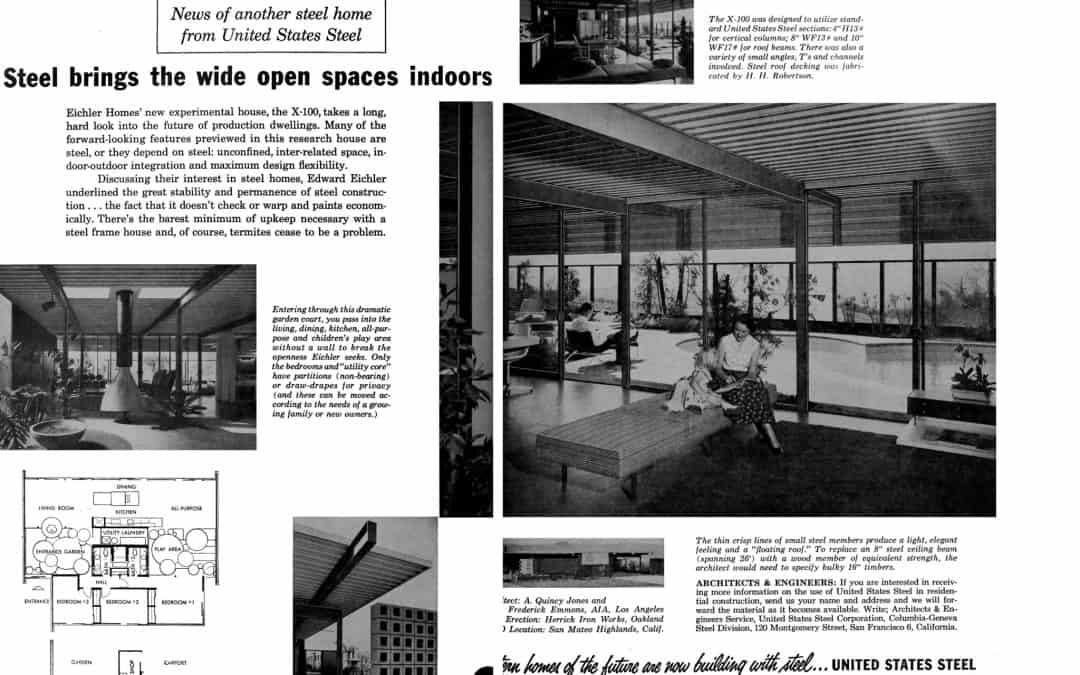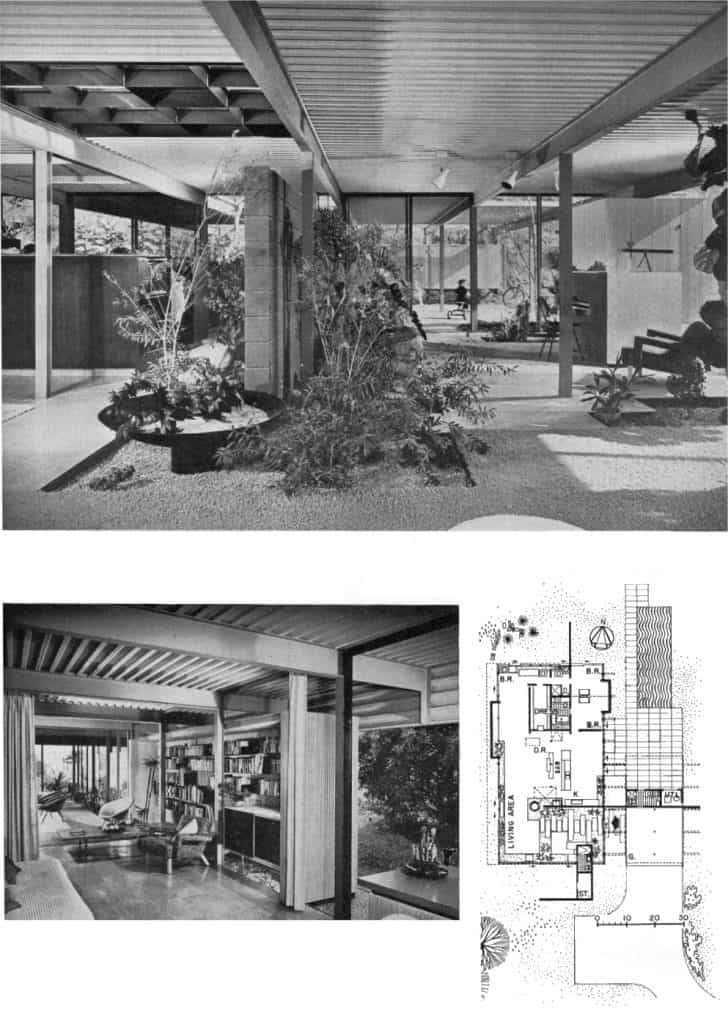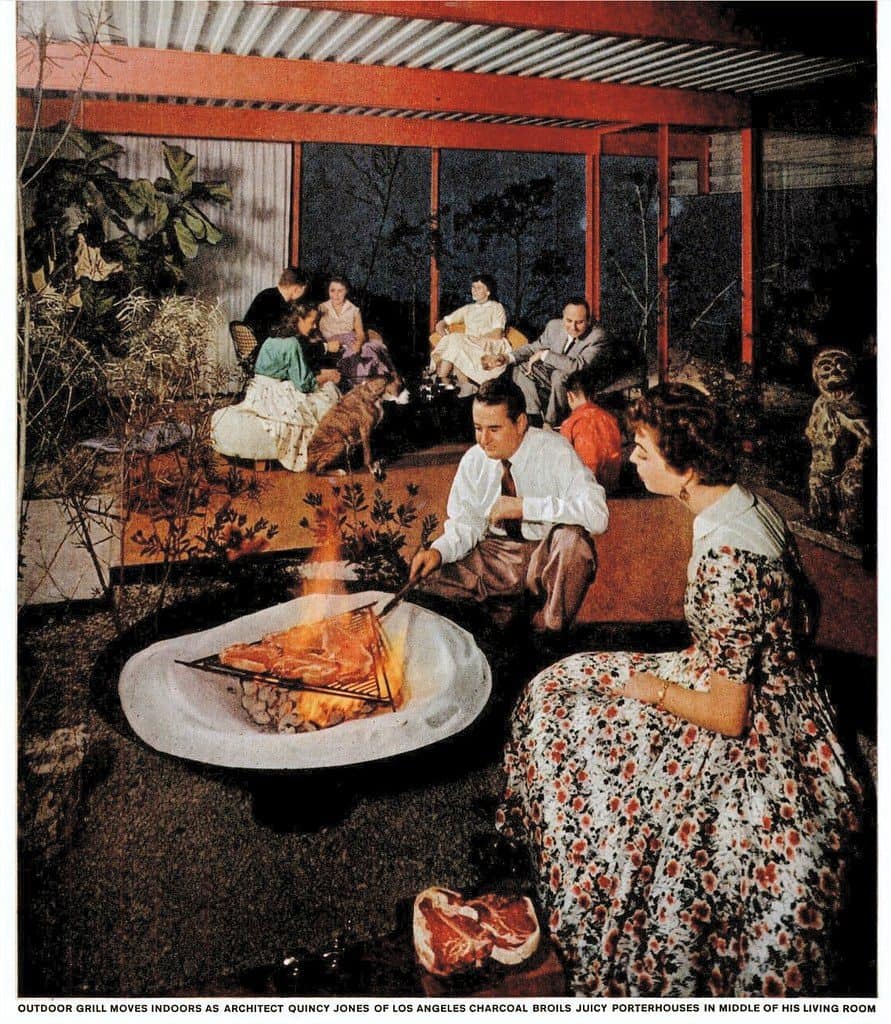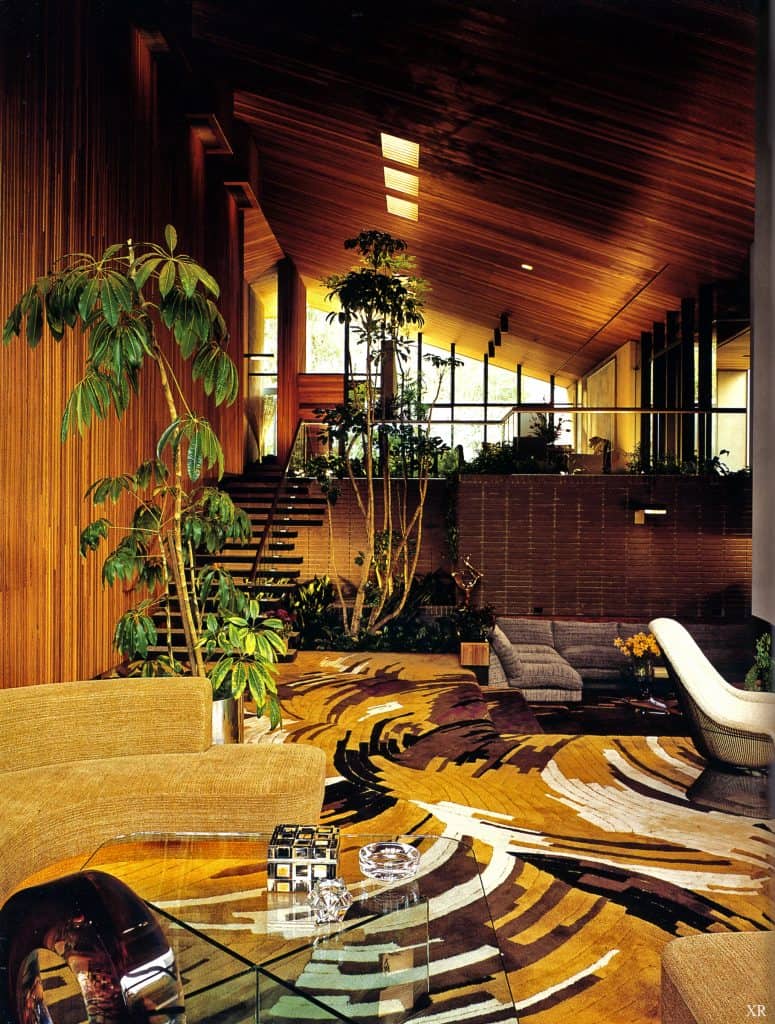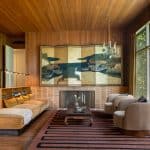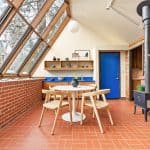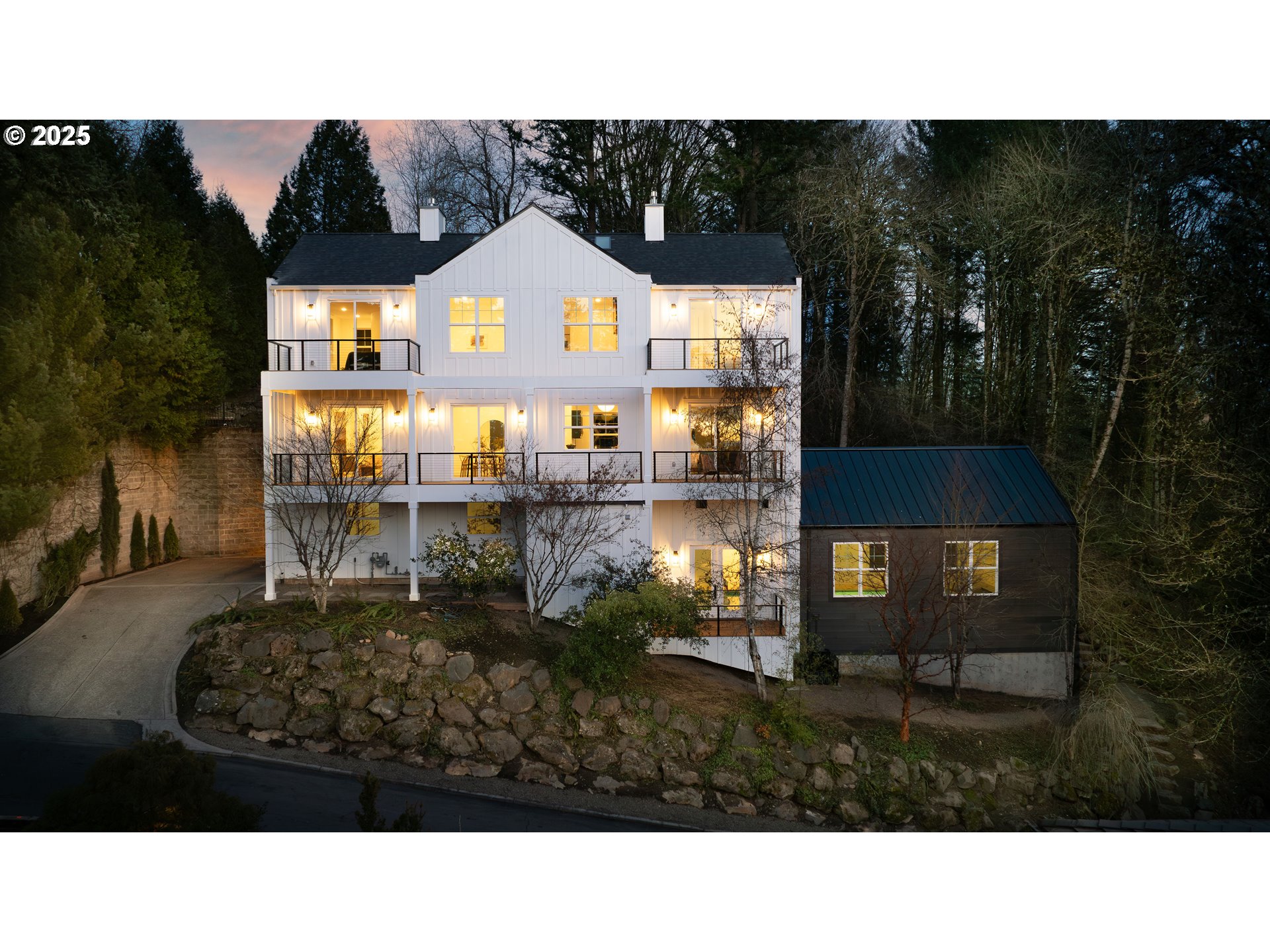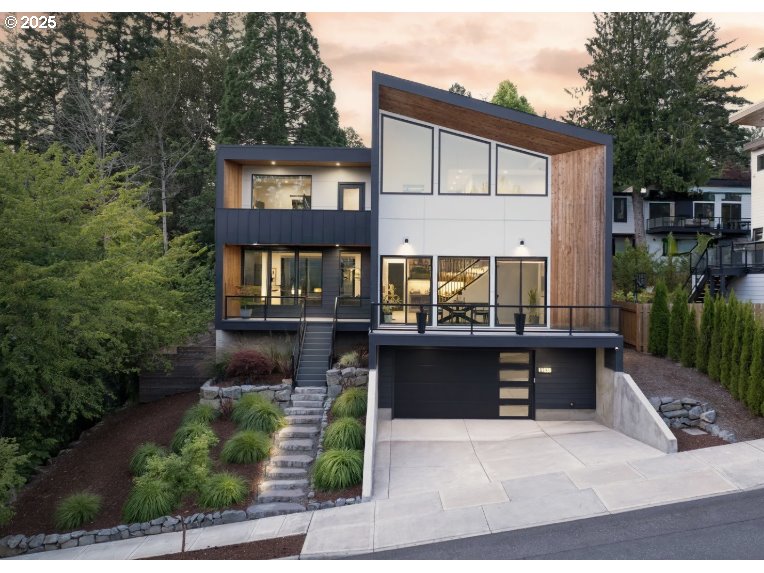Photo Courtesy of Architectural Record (CC)
Credited with over 5,000 builds, including whole communities in the modernist style, “A Quincy Jones” is a name you’ve surely heard. Iconic to the California modernist movement, even to this day his homes are coveted among the stars.
The L.A. based architect was born in Missouri, raised in Southern California and educated in Washington. He’d been working in the industry for several years when he received a commission as a lieutenant commander in the United States Navy. After his discharge in 1945, he returned to Los Angeles and opened his own architectural office.
In 1950, in the December issue of Architectural Forum magazine, an A. Quincy Jones design was featured as “Builder’s House of the Year”. The same issue awarded veritable icon Joseph Eichler, “Subdivision of the Year”. After seeing Jones in the issue, Eichler connected with Jones and suggested they join forces. A lifelong relationship was sparked that provided Jones the platform to implement his concepts for park-like common areas in his development that became the trademark of his career. His greenbelts were some of the first in the country and today have become the model for the integration of green spaces in urban development.
The other great friendship that marked Jones career, was his lifelong partnership with architect Frederick Emmons. A pre-war acquaintance, Emmons and Jones partnered not long after Jones introduction to Eichler, and worked together until Emmons retirement in 1969. Jones and Emmons designs were known for their atriums, post-and-beam construction and walls of glass. Their designs touched some 5,000 homes and elevated the California tract house from a stucco box to a logically designed structure integrated into an intentionally designed landscape.
Jones and Emmons talked in detail about their philosophy of architecture In 1957’s ‘Builders’ Homes for Better Living’ (Reinhold Publishing), as quoted in this article on the Eichler Network:
“[they] were clear to point out that a good house did not stand alone but was situated within a community which in turn was dependent on facilities for education, shopping, worship, recreation, and play. Through graphic examples and photographs of projects produced by themselves and others, the partners conveyed a logical approach to planning and design in layperson’s terms. They emphasized sensitivity to the site and an interplay between house and garden, and combined those elements with a focus on labor-saving methods and designs. The result was advanced, modern housing for the postwar moderate-income family.” (Eichler Network)
Regardless of your familiarity with A Quincy Jones, or California modernism, you’ve seen his creations. He, and Emmons, are responsible for some of the most iconic modernist homes, clubs and commercial buildings of mid-century California, a high time in the glamor-filled Hollywood narrative. Scroll below to see some of his most notable builds – builds that shaped and defined a community, just as he intended. If you want to learn more about the, “Lion of L.A. Architecture”, find your start here and here.

